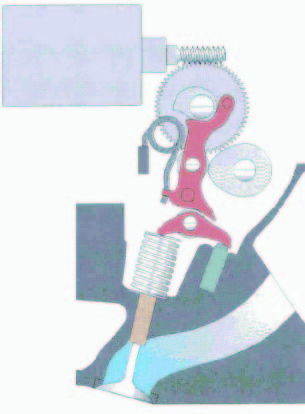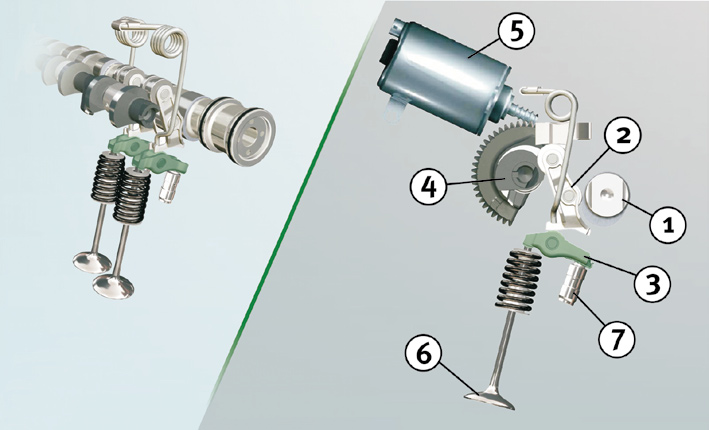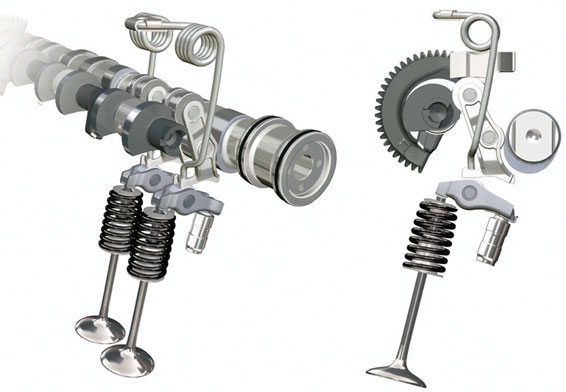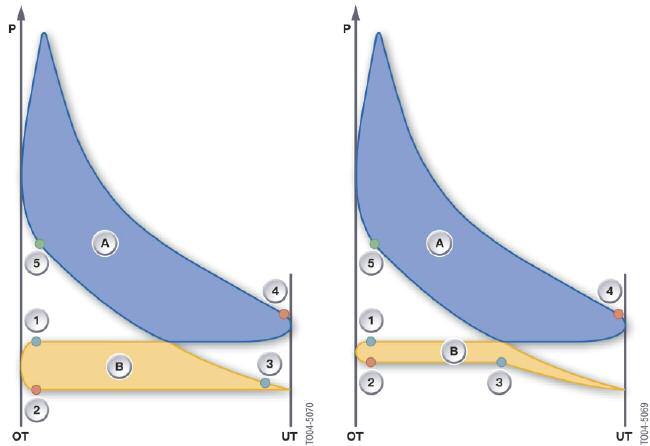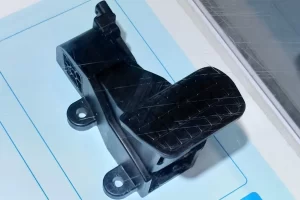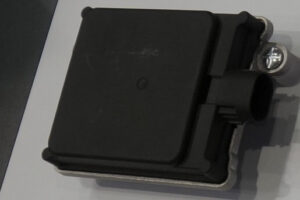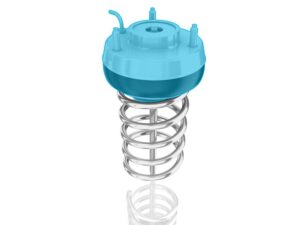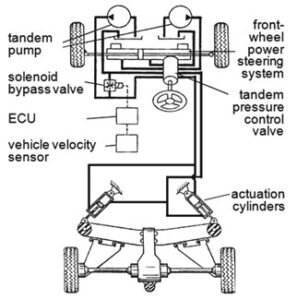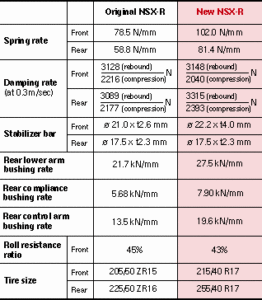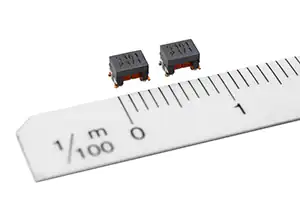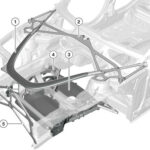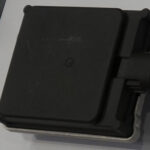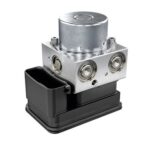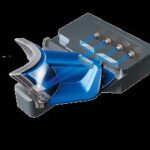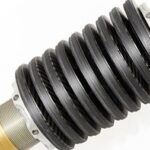- cam phaser
- actuated intermediate shaft
BMW was the first to offer a mass production fully variable valve train incorporating CVVL in 2001, which it calls Valvetronic.
camshaft (1) intermediate arm (2) rocker arm (3) eccentric shaft (4) electric motor (5) valve (6) hydraulic compensating element (7) (Source: Schaeffler AG)
BMW Valvetronic: Reduzierung der Ladungswechselverluste
2 Exhaust valve closes B Loss
3 Intake valve closes
The loss area can be equated to the charge cycle, relating to the amount of energy that must be applied in order to expel the combusted exhaust gasses from the cylinder and then to draw the fresh gasses again into the cylinder. (Source: BMW AG)
2 Exhaust valve closes B Loss
3 Intake valve closes
The loss area can be equated to the charge cycle, relating to the amount of energy that must be applied in order to expel the combusted exhaust gasses from the cylinder and then to draw the fresh gasses again into the cylinder. (Source: BMW AG)
The Valvetronic achieves engine operation without the need for a butterfly throttle valve. Cylinder fill at partial load is regulated by the intake valve lifting stroke and opening period. The intake and exhaust camshafts are driven by variable cam adjustment.
Throttleless solution, as BMW “Valvetronic” design, can realize continual change of valve opening duration and lift which enables engine power control with reduced intake pumping losses.
The spark ignition engine is popular for its low cost and simplicity, especially versions operating on stoichiometric
combustion, which enable removal of harmful emissions by a low-cost catalyst. In such engines, power is controlled by the amount of air let into the cylinders, which is usually accomplished using a throttle valve.
combustion, which enable removal of harmful emissions by a low-cost catalyst. In such engines, power is controlled by the amount of air let into the cylinders, which is usually accomplished using a throttle valve.
BMW’s Valvetronic adjusts the valve lift using a lever positioned between the camshaft and the intake valves. The distance from the camshaft is adjusted by an additional eccentric shaft operated by an electric motor. BMW initially marketed the Valvetronic on its higher-end vehicles, but now the technology is available on most of its engines.

